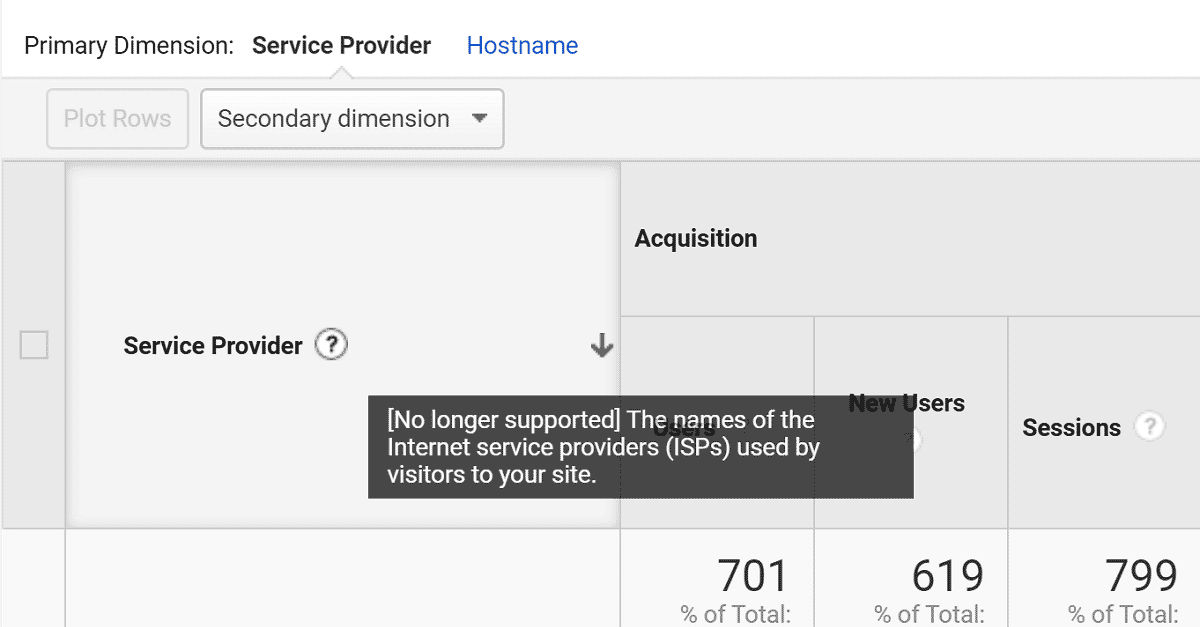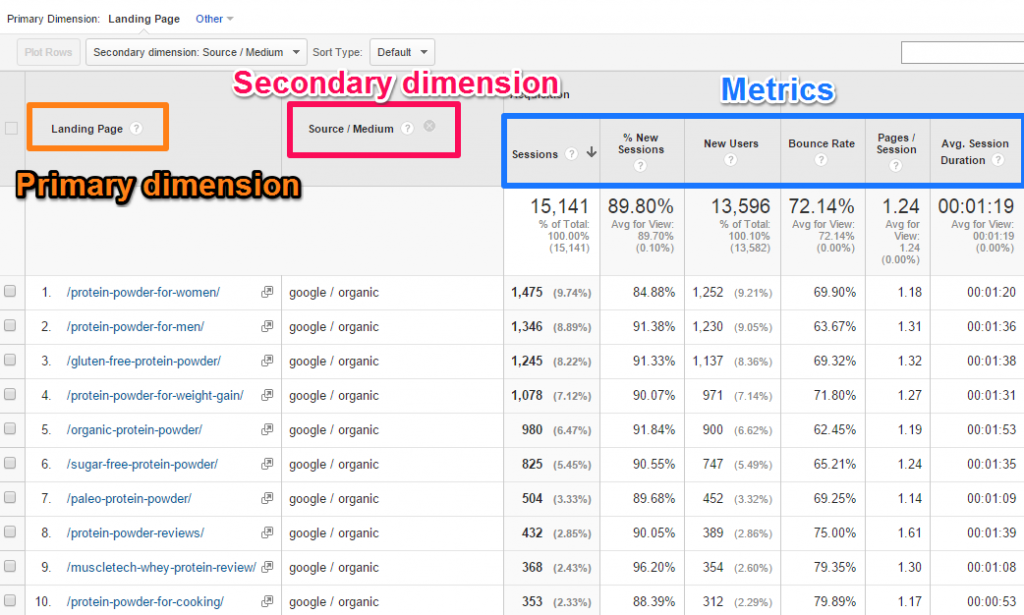Gain Thorough Viewpoints With Additional Measurement in Google Analytics
Additional dimensions in Google Analytics act as an effective device for improving the deepness of understandings derived from data analysis. Stay tuned to uncover exactly how additional measurements can revolutionize your data evaluation and drive notified decision-making in the digital world.
Recognizing Additional Measurements in GA
The principle of additional measurements in Google Analytics boosts information analysis by supplying added insights into primary metrics. Second dimensions permit customers to delve deeper into their information by including an extra layer of information to the key information being evaluated. By integrating secondary measurements, customers can section and compare information across various dimensions, such as traffic resources, individual tools, geographical places, and much more. This additional degree of granularity enables an extra comprehensive understanding of customer habits and website efficiency.
Comprehending how to effectively make use of additional measurements in Google Analytics is important for drawing out useful insights from the data accumulated. By picking the proper additional dimensions to complement primary metrics, users can discover patterns, trends, and connections that might have or else gone unnoticed. This deeper degree of evaluation can result in even more informed decision-making and the optimization of electronic advertising and marketing methods to improve general performance.
Benefits of Using Additional Dimensions
Checking out the advantages inherent in leveraging additional dimensions within Google Analytics lights up the depth of understandings offered for enhancing information evaluation. By integrating additional dimensions, individuals can obtain a much more thorough understanding of their primary information metrics.
Moreover, secondary dimensions make it possible for users to compare and contrast different information points within the same report, offering an extra all natural view of website performance. This comparative evaluation can clarify the effectiveness of advertising projects, material involvement, or user demographics. Furthermore, making use of second measurements can help in identifying outliers or abnormalities that might call for additional investigation.
In essence, leveraging second dimensions in Google Analytics provides an effective tool for removing valuable understandings and maximizing data-driven decision-making procedures.
Executing Additional Measurements Successfully
To properly carry out secondary measurements in Google Analytics, strategizing the choice and application of these extra data layers is critical for optimizing the depth of insights obtained from analytics reports. When choosing second measurements, consider the specific goals of your analysis to ensure the selected measurements align with the info needed to address significant concerns. It's necessary to focus on relevance over amount, choosing measurements that match the main dimension and supply purposeful context.
Moreover, understanding the connection between the main and additional dimensions is essential. This understanding enables you to translate the information properly and attract workable conclusions. Implementing secondary dimensions successfully includes utilizing them to discover patterns, fads, and connections that may not appear when evaluating information entirely based upon the key dimension. By integrating second dimensions attentively, you can enhance the granularity of your analysis and gain deeper understandings into user habits, content efficiency, and various her latest blog other crucial metrics within Google Analytics.
Studying Data With Secondary Dimensions
Utilizing additional dimensions in data evaluation provides a nuanced viewpoint that discovers complex connections and patterns within Google Analytics reports. By incorporating additional measurements along with key measurements, analysts can delve deeper into the information to remove beneficial insights. This strategy enables the recognition of connections that might not be quickly evident when evaluating data entirely based on primary measurements.
When assessing information with additional measurements in Google Analytics, it is important to take into consideration the certain metrics or measurements that will provide the most purposeful context for the key dimension being analyzed. Matching the key measurement of 'web traffic source' with additional dimensions such as 'device classification' or 'touchdown page' can provide an extra comprehensive understanding of individual actions and choices.
Additionally, the capacity to section data making use of additional dimensions permits an extra granular evaluation of individual interactions, assisting in the optimization of marketing methods, site performance, and general customer experience. By leveraging second dimensions properly, organizations can make informed choices based on an extensive analysis of their Google Analytics information.
Ideal Practices for Secondary Dimensions
When executing additional dimensions in Google Analytics, precision in picking pertinent metrics is paramount for deriving actionable insights from the information analysis procedure. Among the most effective practices for making use of secondary dimensions properly is to straighten them with your key dimension to gain a more thorough understanding of your web site or project efficiency. If your primary measurement is 'Source/Medium,' combining it with secondary dimensions like 'Gadget Classification' or 'Landing Web page' can give insights right into exactly how different gadgets or browse around this site touchdown pages influence traffic from numerous resources.

Regularly trying out various combinations of main and second dimensions can aid you uncover new connections and patterns within your information, allowing you to optimize your techniques and enhance total efficiency (Secondary Dimension in Google Analytics). By adhering to these best practices, you can take advantage of secondary dimensions in Google Analytics properly to acquire much deeper understandings and make data-driven choices that favorably influence your company

Verdict
Finally, additional measurements in Google Analytics provide an important chance to obtain deeper understandings right into key data metrics. By adding an additional measurement to records, services can discover relationships, fads, and patterns that might not be immediately noticeable, causing a more extensive understanding of individual habits and interactions on a web site. Applying second measurements properly and analyzing data with them can assist organizations make data-driven choices and maximize their on the internet efficiency.
By including second dimensions, users can segment and contrast information throughout various measurements, such as website traffic resources, individual devices, geographic locations, and much more. Applying secondary dimensions effectively involves using them to discover patterns, patterns, and connections that may not be apparent when analyzing information solely based on the primary dimension. By including second measurements along with key measurements, analysts can delve much deeper right into the data to extract important understandings. One of the ideal methods for utilizing second measurements properly is to straighten them with your primary measurement to get a more comprehensive understanding of your internet site or project efficiency. If your key dimension hop over to these guys is 'Source/Medium,' coupling it with secondary dimensions like 'Gadget Category' or 'Touchdown Page' can provide understandings into exactly how different tools or touchdown pages effect traffic from numerous sources.